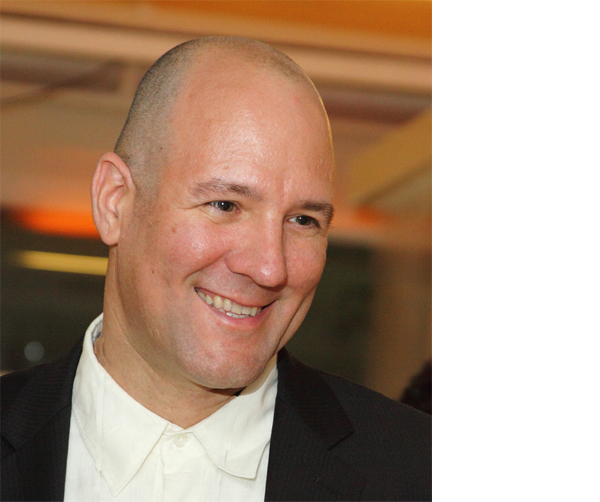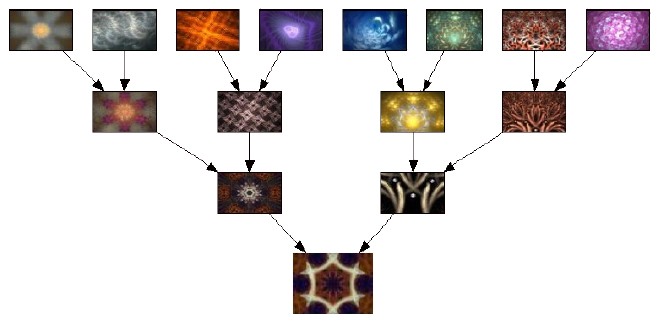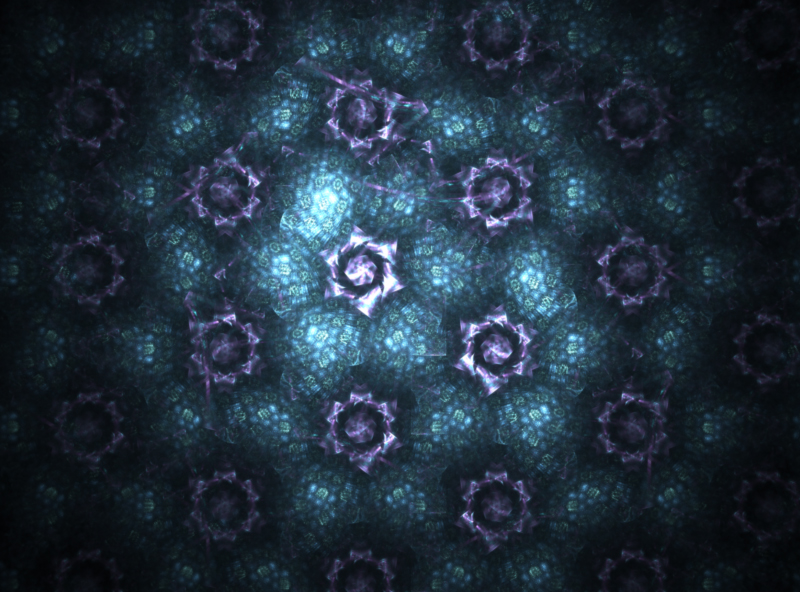By John Critelli
Photo by Dhanraj Emanuel
Sheryl Oring tries to change the world. She does this by sparking discussions about everything from education, to 9/11, to presidential politics.
And she does it all with retro-cool style.
For example, her project I Wish to Say invited people to dictate postcards to the president. Then Sheryl, dressed in 1960s office attire, transcribed their messages using an old-fashioned typewriter.
Photo by Dhanraj Emanuel
She’s no stranger to hard-hitting issues. A former writer, reporter, and editor, her resume lists prestigious newspapers like The San Francisco Chronicle and The New York Times.
But her artistic career is just as strong. In fact, she’s currently working on plans for a performance to be presented in Charlotte, N.C., during this year’s Democratic National Convention.
Sheryl will be in Russia this September as part of AiOP’s St. Petersburg festival – the first in AiOP history. The festival will be a collaboration between AiOP and CEC ArtsLink, an international art organization.
Read below for our abridged interview with Sheryl, where she discusses her St. Petersburg project, I Wish to Say, and more:
AiOP: What do you have planned for the St. Petersburg AiOP festival?
Oring: I’m planning a project called “Role Model” in which I pose the question: “What can Russia teach the world?” and collect answers from the public.
I’m seeing this as the first in a series of related works that would be done in Brazil, Russia, India and China (often referred to collectively as the acronym BRIC). It’s a way of looking at ways of building alternate societies and of examining public opinion in these growing economies.
AiOP: Tell us about your life before I Wish to Say.
Oring: From 1997-2003, I was living in Berlin. This experience was formative in many ways. Berlin is a very free and open place, which encourages experimentation in the arts.
When I moved to Berlin, I thought I wanted to write. But I was also trying to learn German and it seemed strange to write in English while living in Germany.
Two years after I moved there, I made my first large-scale public art installation, “Writer’s Block.”
I collected hundreds of antique typewriters and “caged” them with construction steel as a tribute to the writers whose books were burned in Nazi Germany.
This was first shown on Bebelplatz, site of the book burning in Berlin, and later traveled to Budapest, Boston and New York. It was a huge undertaking, and challenging in many ways. But I often work best when there is some kind of impediment to overcome and in this case there were many.
AiOP: What drove you to be an artist?
Oring: In some ways, the same things that drove me to become a journalist, which is my first profession. I wanted to change the world. I wanted to find ways to express myself. And I wanted to raise questions that might ultimately make an impact on society.
AiOP: What’s your typical day like?
Oring: I’m not sure there is a typical day, which is part of why I love what I do. Every day is different.
I will say though, for someone who works with typewriters, I spend way too much time at my computer.
I’m typically juggling several projects along with the responsibilities that come with a full-time academic job and being a parent.
I often work with teams of people on my projects, so I may spend part of the day discussing ideas with a graphic designer, architect, photographer or videographer and then spend some time doing various forms of creative research for the project at hand.
AiOP: What are some of the most memorable reactions people have had to your work?
Oring: During the 2004 Republican National Convention, I was doing my “I Wish to Say” performance at various locations in New York.
For this work, I dress in ‘60s office attire and set up a public office, complete with a manual typewriter, then ask people to dictate postcards to the President. When I did this on 8th Avenue, near the site of the convention, people thought I was a Republican.
When I did it uptown or downtown, people thought I was a protester. I love how people took their own views and projected them on me, how the work engaged a broad spectrum of the public.
A postcard from Oring’s I Wish to Say project
AiOP: Why do you think using typewriters makes it easier for people to open up to you?
Oring: I think that the entire set up, from the typewriters themselves to the ‘60s costumes, takes people by surprise and provokes curiosity.
This curiosity manifests itself in a certain openness. It is a very different dynamic than if I were a journalist holding a microphone. Strangers often approach me, not vice versa.
AiOP: Do you ever miss working as a journalist?
Oring: Yes. I especially miss working with a team of talented people on extremely tight deadlines to put out a daily newspaper.
AiOP: Is there anything else you’d like us to know about you?
Oring: My junior high art teacher was also my typing teacher. I got bad grades in art because I couldn’t draw a realistic picture of a horse. But I whizzed the typing class!
Note: An update about Sheryl’s new project in San Diego is coming soon!














